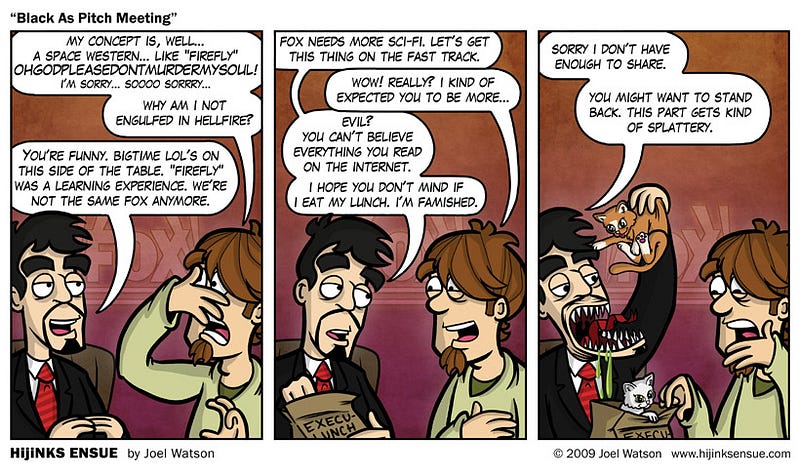The Only Guide to Seed Fundraising You Will Ever Need. Ever. Seriously.
For years, I have been fascinated with the adult industry. The ultimate freeimum model filled with the best growth hackers in the world. Technologically advanced (ever wonder why Blu-Ray and VHS won their format wars? It was probably porn.)
But the most interesting aspect of the adult industry was the concept that porn, for women, who are paid significantly more than men, was empowering. That because women can choose whom to work, and how they will work with their co-workers, that women are in control of the industry.
Sharon Mitchell, former adult actress, launched the Adult Industry Medical Health Care Foundation (AIM) as both a vehicle to improve health within the adult industry, but to also provide counseling to new and former stars.
In a counseling session for new female adult performers, Sharon explains:
“Don’t look at what you are doing as anything more than selling your body.”
Lets start there. You are not raising money for your company, you are selling a piece of it to individuals and institutions who expect you will provide a return on their investment.
Don’t look at what you are doing as anything more than selling a piece of your company.
The second you start to view fundraising as sales vs some altruistic march towards changing the world, you will understand that like sales, fundraising is just a process. And the sales process is simple:
Make enough calls, tell a good story, take a shower, and someone will buy your product.

Four stage fundraising
Step 0: Getting a Meeting
The secret to getting any meeting you want is simple. Work your ass off. Make a list of everyone you want to meet. Not firms, people. Put it in a Google Doc. Share that doc with everyone you can. Ask folks for intros.
This isn’t a one call close type situation. Build a funnel. 100 intros, 10 meetings, 1 close for 20% of your raise. Which would mean you may need 500 introductions to fill out your round. Yeah, that is a lot. But what do you have to lose?
Oh, and that intro email? 3–4 sentences. Problem. Solution. Why your solution is the best. No deck.
“More than $100 billion is spent on feeding ducks every year, yet 35% of the duck population continues to go hungry. At DuckFeedr.io, we have pioneered a way to reduce the cost of feeding ducks by 25% while increasing the availability of food through a simple one-touch iPhone app. Our team of engineers, lead by Bob, a serial entrepreneur who built DuckFat4U and lead it to IPO, has a long history of feeding ducks through technology.”
Step 1: Know Your Market
When I get pitched I always ask one question: “How big is your market?”
What I want: Numbers. Analysis. Understanding. Passion.
Here is what you don’t know: I actually know more about your market than you realize. I am talking to you because I am very interested in your market. I have actually done the research and have heard hundreds of pitches from companies working inside the same space. I once heard three pitches from founders that were doing something in the pet space. Each had different numbers. Only one explained how they got their and how they saw the market within context. Guess who got an investment?
Step 2: Describe Your Team
What I want: I want to know that you and your team are the folks I should stake my reputation, future compensation and LP’s money. I want to believe that competition doesn’t matter because of you and your team.
What I don’t want: Humility. Unproven hubris. Prove that you are the only the person to build this company.
What you don’t know: I read your tweets. I see how you engage in the world. I have asked friends about you. I know about that one time. Yeah, that one.
(By the way, when I say “you need more traction,” what I am saying is “I am not 100% convinced you are the person for the job. Go prove it. Create Velocity.”)
Step 3: Sell Your Product
What I want: An indication of how you problem solve. I do care(ish) about the product, but understand the likelihood it is going to be thrown in the trash and be wildly different in six months is huge. Therefore, I don’t apply as much value to the functionality of the product as I do to the thought process that got you there. After all, your product probably sucks and is probably telling investors something you didn’t realize.
You are selling a piece of your company. Treat the process the same. Work the phones. Build relationships. Show value. Create momentum and competition. Put in the work. Close the deal.
Easy, right?
